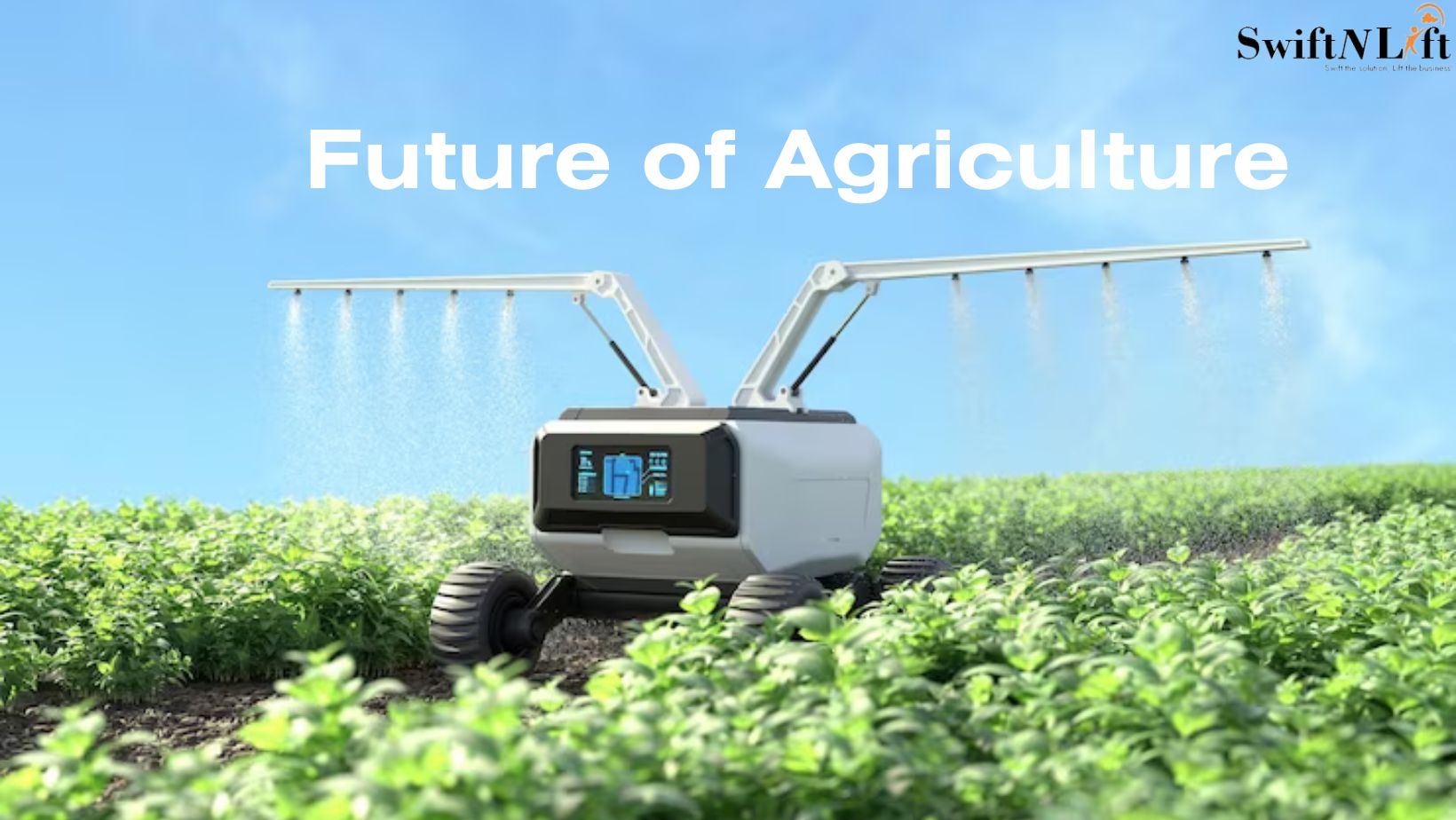
From Farm to Future: How Tech is Transforming Agriculture as We Know It”
Agriculture has been the backbone of human civilization since the beginning of time. From hunting and gathering to modern-day farming, the way we produce and distribute food has undergone countless changes over the years. Today, we are on the brink of yet another revolution in agriculture – one driven by technology. From drones to artificial intelligence, the integration of technology into farming practices has the potential to revolutionize the industry and shape the future of our food systems. In this article, we’ll explore the ways in which technology is changing the face of agriculture and what it means for the future of food production.
As the world’s population continues to grow, so does the demand for food. According to the United Nations, the global population is expected to reach 9.7 billion by 2050, which means we’ll need to produce 70% more food than we currently do. The challenge is clear, and it’s up to agriculture to meet this demand while minimizing its impact on the environment.
Fortunately, technology is here to help. The agriculture industry has seen a technological revolution in recent years, with innovations in automation, artificial intelligence, robotics, and precision agriculture. These advancements are not only helping farmers increase their productivity and efficiency, but also reducing waste and improving sustainability.
One of the most significant advancements in agriculture technology is precision agriculture. With precision agriculture, farmers can use sensors, drones, and GPS technology to collect data about their crops, such as moisture levels, soil nutrient levels, and temperature. This data is then used to make more informed decisions about planting, irrigation, and fertilization, which can lead to higher yields and reduced environmental impact.
Another area where technology is making a big impact is in automation. With the use of autonomous machinery and robots, farmers can reduce the need for manual labor and increase efficiency. For example, autonomous tractors can work around the clock to plant and harvest crops, while robots can be used to pick fruits and vegetables. This not only reduces labor costs but also ensures that crops are harvested at the optimal time for the best quality and yield.
Artificial intelligence (AI) is also playing a significant role in agriculture. AI algorithms can analyze large amounts of data, such as weather patterns, soil samples, and crop yields, to provide farmers with insights and recommendations. This can help farmers make more informed decisions about planting, fertilizing, and harvesting, which can lead to higher yields and more efficient resource usage.
Finally, technology is also helping to reduce waste in agriculture. By using sensors to monitor crop health and growth, farmers can identify issues early on and take corrective action before they become a bigger problem. This can lead to less waste from spoiled crops and reduce the need for pesticides and fertilizers.
In conclusion, technology is the future of agriculture. With the world’s population continuing to grow, we need to find ways to produce more food while minimizing our impact on the environment. By using precision agriculture, automation, AI, and other advancements, we can increase productivity, reduce waste, and improve sustainability in agriculture. The future of food production looks bright with technology leading the way.
– Kaumodaki Lonkar



